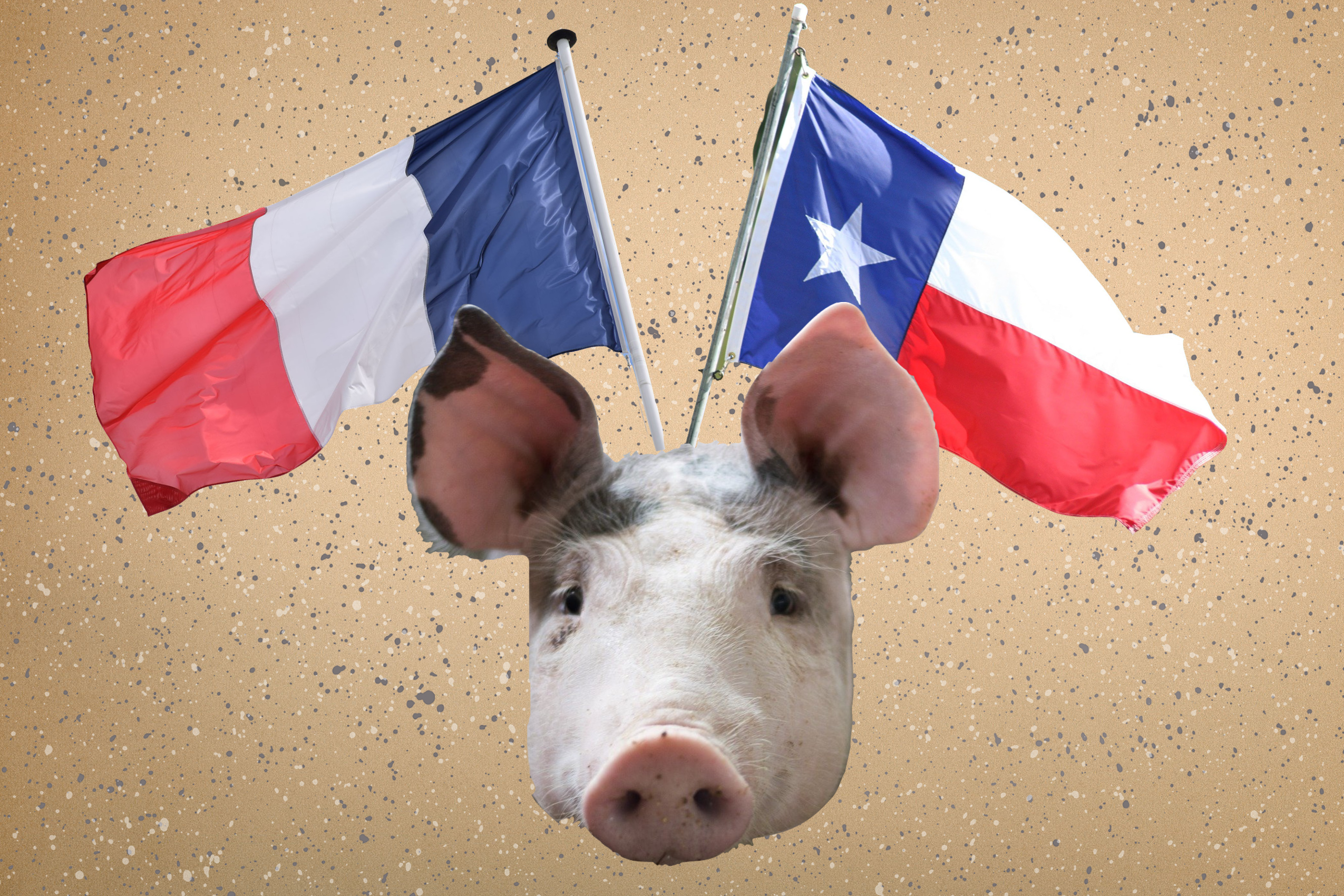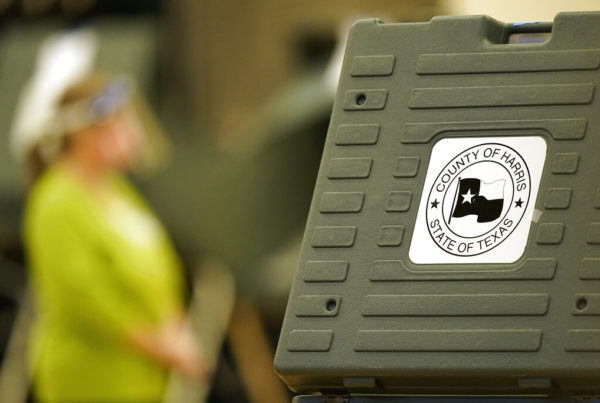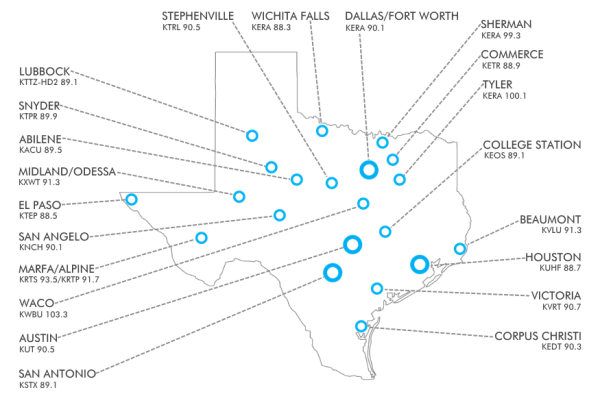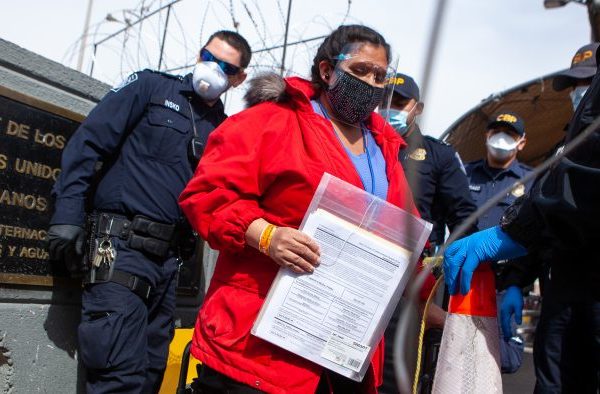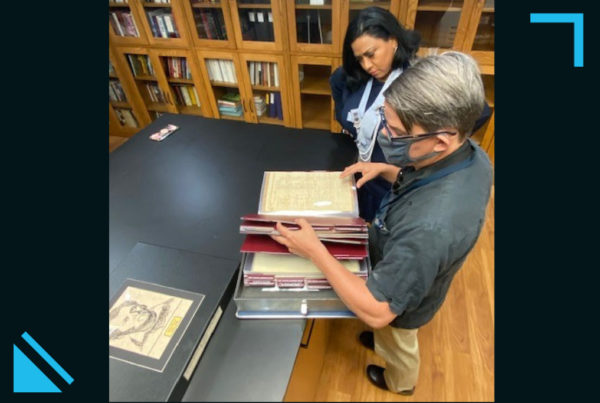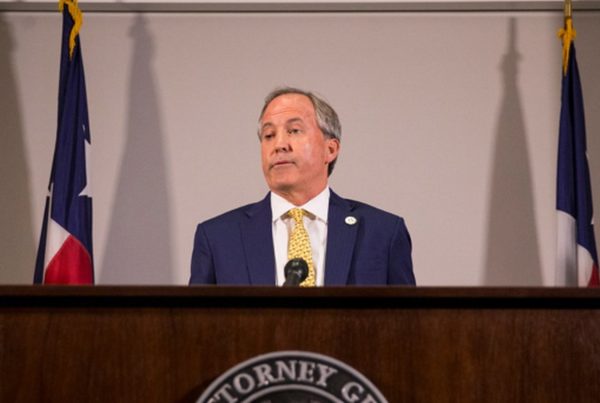After Texas secured independence at San Jacinto, it became an independent country. Overnight. One that had no money, a shaky government, and no adequate military force to secure its vast territory. Texas needed allies on the international stage, and needed them quickly.
Texas turned first to the United States. Although the United States was not ready to pursue annexation, it was the first country to formally recognize Texas as a new sovereign nation. The U.S. Congress made that move because it feared Britain or France might gain an inside track to the wealth of Texas.
The next country to recognize Texas was France. A commercial treaty was signed September 25, 1839 and it established import duties on Texas cotton in France and reduced import duties on French wines, brandies and silks in Texas ports. The French followed up by opening a legation – a sort of junior embassy – in Austin. Texas reciprocated, opening its own legation in Paris.
This recognition from France was of enormous significance. Most European countries saw the Texas Revolution as internal unrest within Mexico, and believed that Santa Anna might crush the rebellion and reclaim the wayward state.
Once recognized internationally, Texas needed support for its banking system. In 1841, General James Hamilton, the Texas commissioner of loans, walked into a French minister’s office in Paris and asked for a $5 million loan. The minister asked if he had any collateral – and the Texan said, “a territory as big as the kingdom of France.”
At the time Texas was actually about 50 percent larger than France. It looked like this loan would sail through the French bureaucracy. Then some Texas pigs caused an international incident.
Back in Austin, hogs owned by the innkeeper Richard Bullock wandered onto the grounds of the French Legation and ate corn in the stable, tore up gardens and invaded the house. Dubois de Saligny, the chargé d’affaires of the legation, ordered his servant to shoot the pigs.
An outraged Bullock wanted Saligny arrested, but Saligny claimed diplomatic immunity.
Bullock caught the servant outside the legation, beat him up and threatened to do the same to Saligny. The Frenchman cut off diplomatic relations with Texas before traveling to New Orleans.
A year later, he returned to his post, but the pig war had effectively killed the loan.
Even so, Saligny’s glowing reports of the unfathomable wealth and prosperity for which Texas was destined fueled France’s interest in the nation. “Everywhere I saw a people who, if admittedly crude and occasionally unmannerly, were nonetheless invariably intelligent, industrious and resolute,” Saligny wrote. “In my opinion, they would take up arms at the first alarm and defeat Mexico in a very short time.” He concluded, “Mexico has more to fear from Texas than Texas does from Mexico.”
By keeping close ties with Texas, France wanted to make a grab at the last foothold available for it in North America. Negotiations for a French colonization and stationing of 30,000 French troops along the Texas frontier continued until Texas was annexed by the United States in 1845.
France sacked Saligny for his ineptitude, and the trouble was all traced back to those pigs. As one French minister said of Saligny, “We can make mistakes, but we can’t afford to look ridiculous.”


